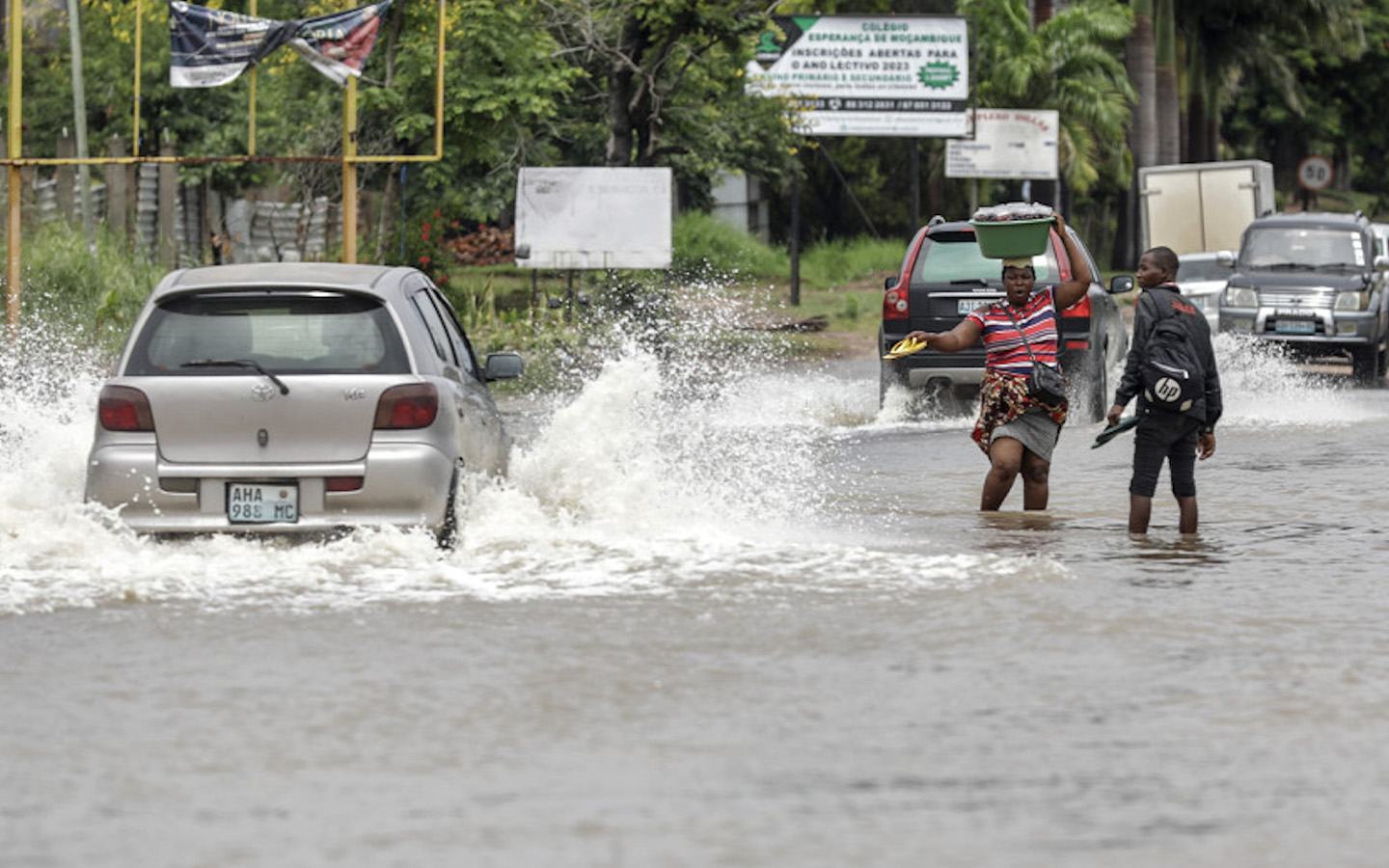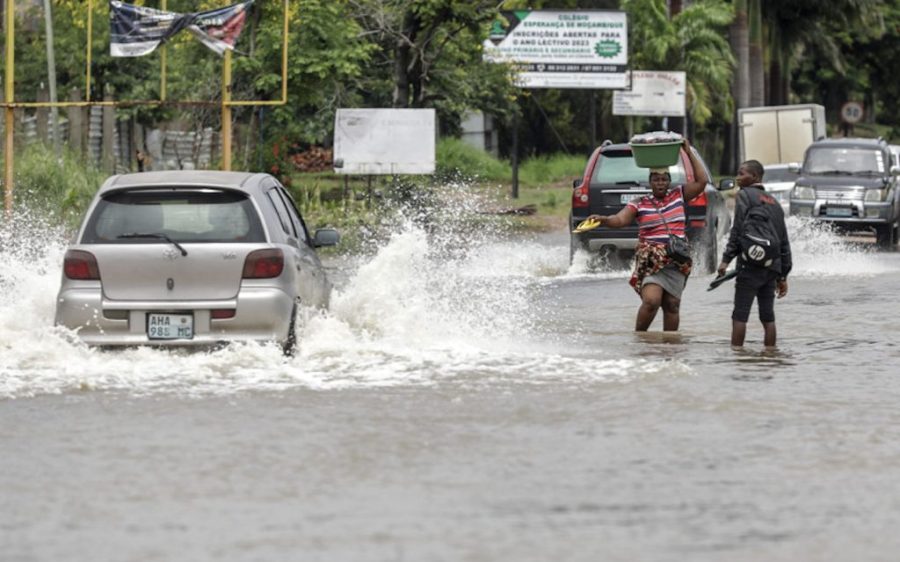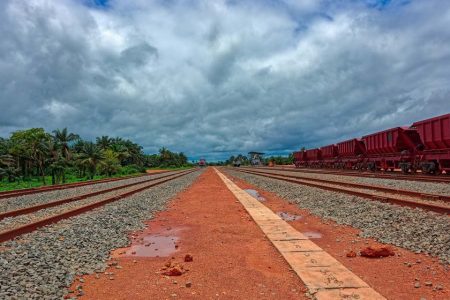Tropical Storm Filipo made landfall in Mozambique on Tuesday, killing at least three people, injuring 13 and adversely impacting more than 14,000, according to preliminary assessments from the authorities.
The severe tropical storm struck the district of Inhassoro in Inhambane Province before heading southwest toward the province of Maputo, with wind gusts of up to 120 kilometres per hour. A spokesman for the National Institute for Disaster Risk Management and Reduction said that emergency operation centres and provincial aid teams have been activated.
Reports indicate more than 1,000 houses have been partially destroyed and at least 117 completely destroyed, impacting 4,220 students, 23 schools and 15 healthcare facilities across the provinces of Inhambane, Maputo and Gaza in the south, and some in the central province of Sofala. Many power poles are down and state-owned provider EDM says that nearly 100,000 people have lost electricity.
[See more: El Niño is increasing the risk of extreme weather in Mozambique]
Authorities estimate that 525,000 are at additional risk from food insecurity, compromised access to markets and healthcare, and degraded water, sanitation and hygiene facilities in the wake of the storm. Filipo comes exactly one year after Tropical Cyclone Freddy, which was the longest-lasting and strongest tropical cyclone ever recorded and killed more than 1,400 across five countries while impacting over 1.7 million.
While flooding and tropical cyclones are regular occurrences in Mozambique between October and April, the impact of these events has become far more severe. Mozambique is considered one of the most vulnerable countries in the world to climate change, although it contributed very little to the carbon emissions that fuel the phenomenon.
“Consecutive disasters have made it almost impossible for affected communities to recover and rebuild their lives,” says Machinda Marongwe, programme director for Oxfam Southern Africa. “Whatever little crops people have tried planting in this growing season have been damaged either due to El Nino-induced six weeks of dry spells or by flash floods.”






